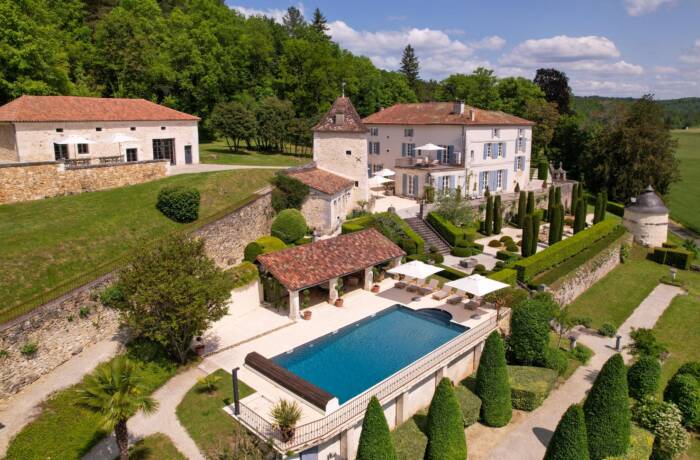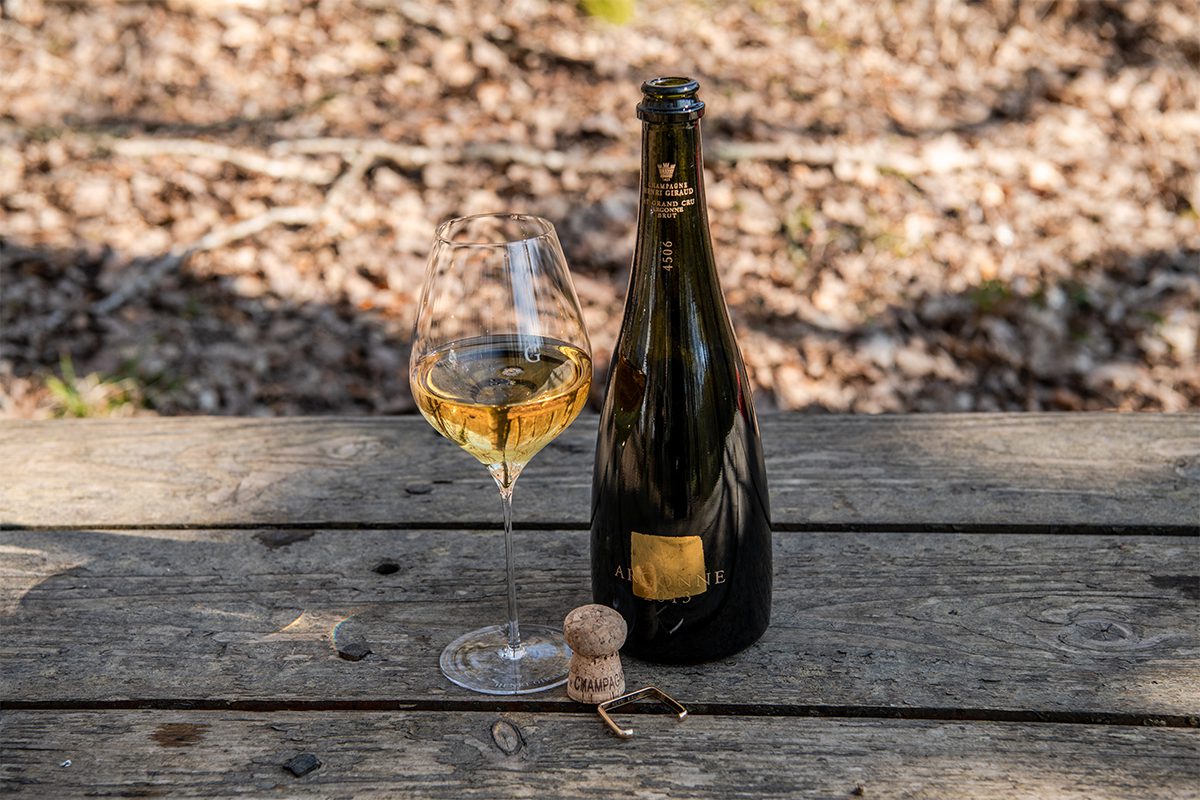
Argonne Aÿ Grand Cru 2013
Ella Johnson visits the oldest family-owned champagne house, Henri Giraud, to taste some of its celebrated cuvées, and hear about the importance of the use of sustainable oak from local forests in its unique ageing process, with twelfth-generation owner Claude Giraud and winemaker Sébastien Le Golvet
Henri Giraud has been producing champagne since 1625 and is still owned by its founding family – a rarity among Champagne’s oldest houses. Together, twelfth-generation owner Claude Giraud, and winemaker Sebastien Le Golvet create their celebrated (and very expensive) champagnes which combine richness, freshness, and saline qualities, from their vineyards in Äy, on the southern cusp of the Montagne de Reims, in the heart of the Champagne region.
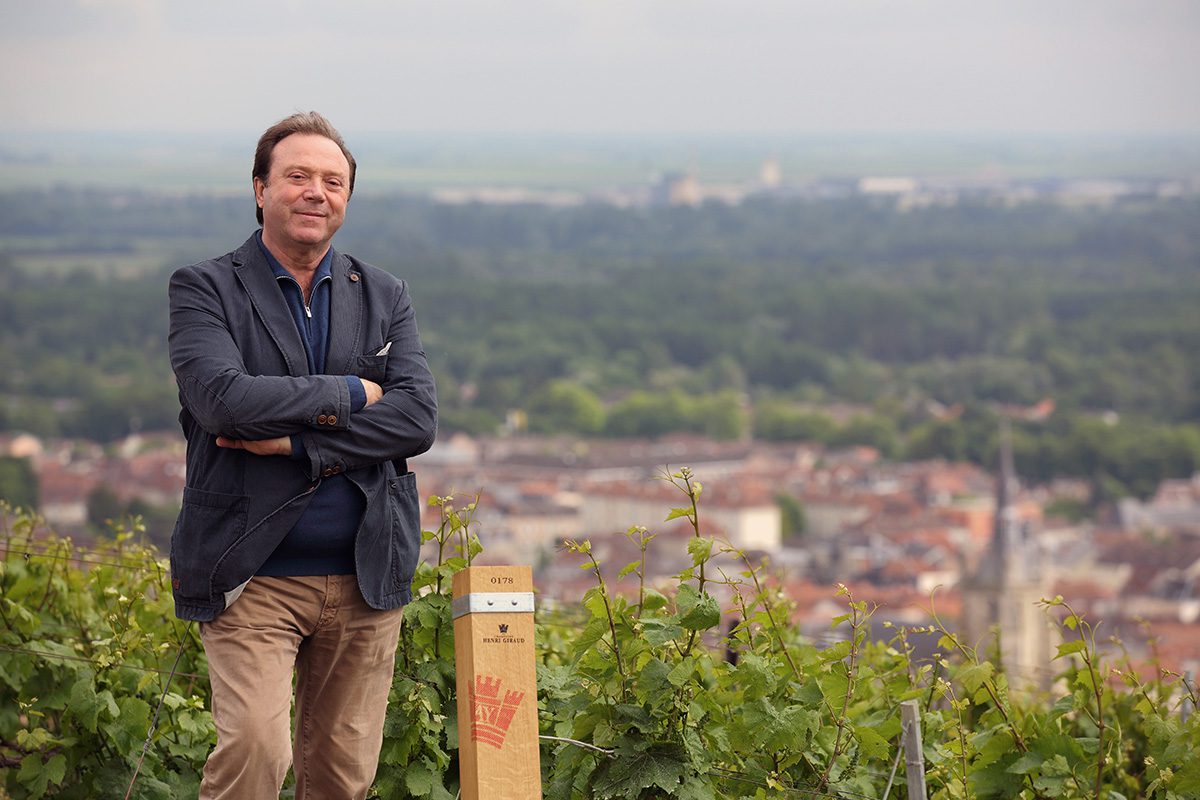
Claude Giraud, CEO of Henri Giraud is the 12th generation to lead the estate
The richness comes from the pinot noir grapes, which are warmed by the sun on the south-facing slopes of the Montagne. The River Marne, flowing past the property, provides their wines’ freshness; and saline and mineral qualities come from the 200 metres of pure chalk beneath the soil.
Follow LUX on Instagram: luxthemagazine
But their champagnes have something else. They are fermented and matured in oak barriques (small barrels) sourced from the Argonne Forest, which stretches from the flatlands of the east of the Champagne region to the hilly border with Lorraine. The forest has been at the heart of European history for millennia and, for each bottle of the Argonne cuvée sold, Henri Giraud plants new two-year-old oak trees and maintains them for five years to replace the oaks they fell to create their barriques.
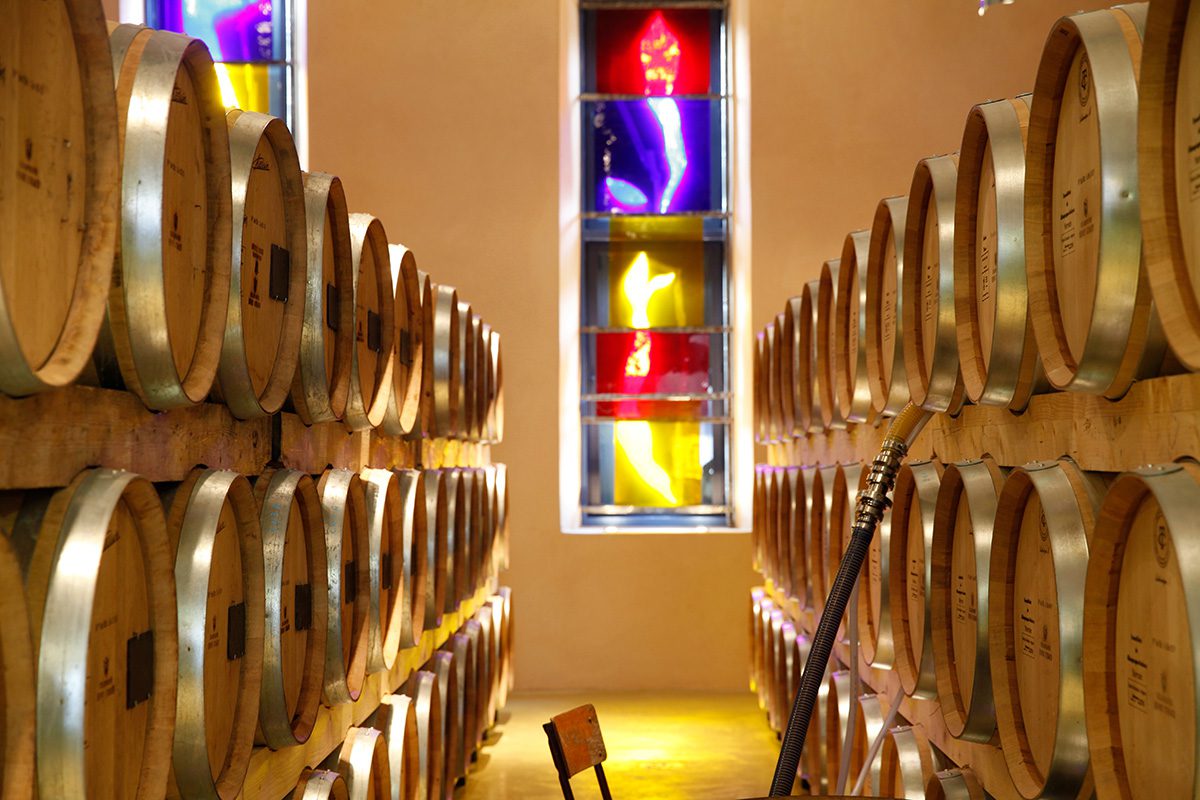
Henri Giraud is committed to replanting and maintaining the same number of oak trees that they use to create their barrels, in order to ferment their champagne
So-called ‘kings of experimentation’, Giraud and Le Golvet have identified ten different terroirs in the Argonne Forest, which they use to intensify the complexion of their wines. They know that if they create barrels from the oak trees which come from a plot called Les Châtrices, for instance, the wine will have a lot of “sharpness and tension”, they tell me. If they use another terroir in the forest, Lachalade, “it will be richer and rounder”.

Sébastien Le Golvet has been making champagne at Henri Giraud since 2000
Le Golvet prefers to vinify the majority of his wine in these oak barrels. He meticulously tastes and memorises each one – 1,200 in total – in order to produce the perfect blend. It would be more efficient to produce the Maison’s 300,000 yearly bottles of wine in tanks, of course, but efficiency is not the endgame. ‘When Sébastien creates his wine, he is like an artist in front of a painting. He can create different colours. The result is just in a bottle,’ says the Maison. The remaining ten percent is vinified in egg-shaped amphorae, made from sandstone, which provides the fruitiness for which the Henri Giraud Dame-Jane rosé cuvée is famed.
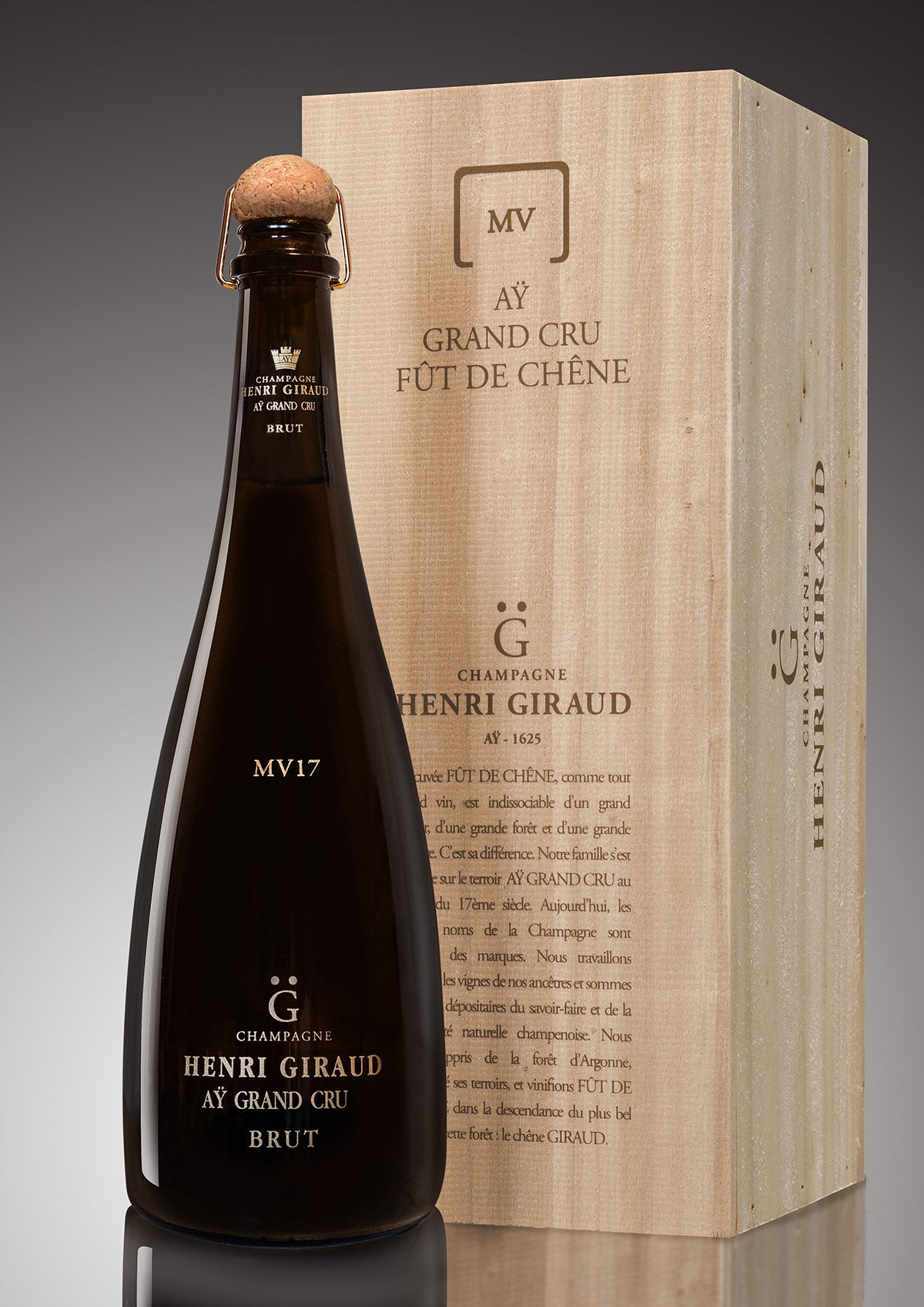
Fût de Chêne MV17
Champagne Henri Giraud has changed since Le Golvet took the winemaking reins from Claude Giraud in 2000. ‘Claude’s wine was much richer.’ I am told. ‘Sébastien is more precise, young. He has a different style. The more difficult the vintage, for Sebastién, the better it turns out. It’s the challenge. But both want to try new things each year, to discover more and more terroir’.
Read more: A tasting of Dalla Valle wines with the owners
It is fitting, then, that neither Le Golvet or Giraud is able to choose their best wine to date. ‘I like to say that the best wine we have ever produced is the wine we will produce tomorrow. The wines become more precise each time.’
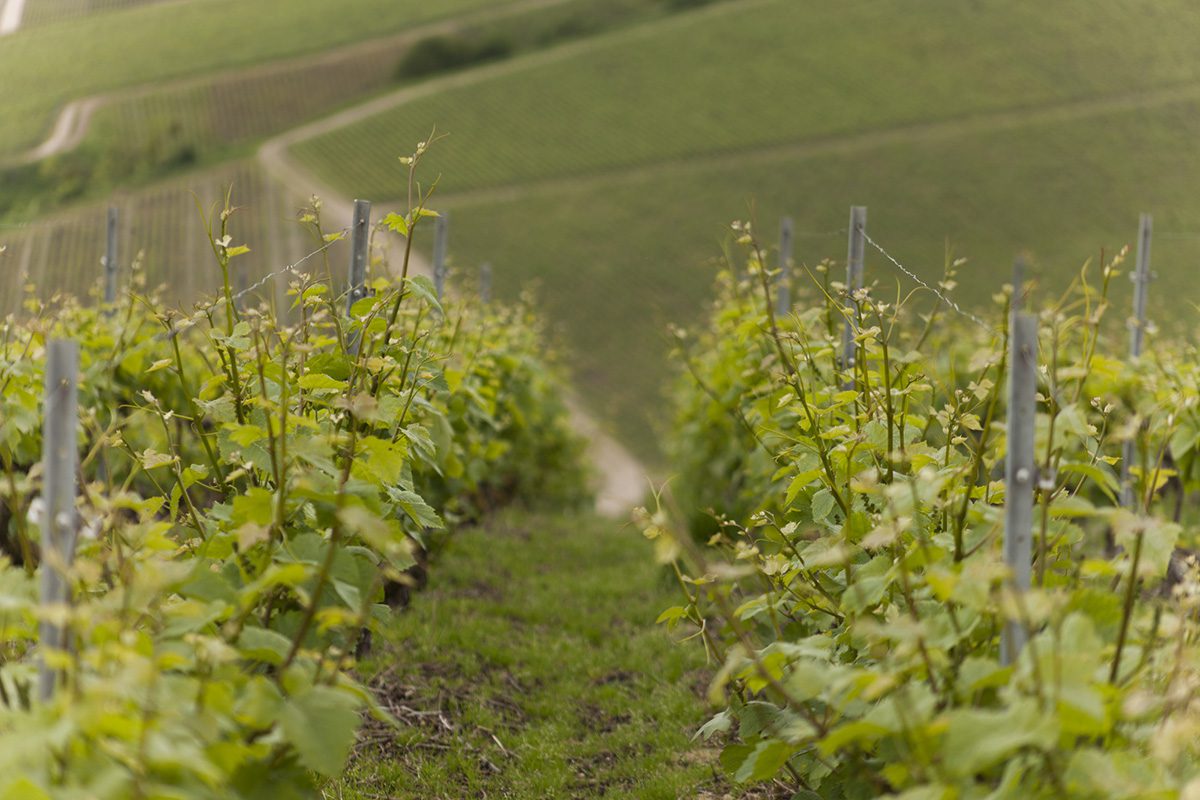
Henri Giraud has been producing the finest champagnes since 1625
We sample their Fût de Chêne MV 17 and Argonne Aÿ Grand Cru Brut 2013 in their tasting room. These are huge, rich champagnes despite the balance and limpidity, and Giraud breaks out a box of the perfect match for them. Not foie gras (which we would in any case have declined) or an aged Pecorino Romano cheese (which would have gone rather nicely), but some Cohiba Behike cigars. The king of cigars went rather well with this, Champagne royalty.
Find out more: champagne-giraud.com


